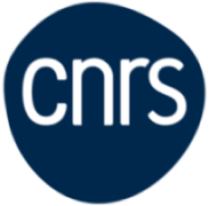How dawn turned into dusk: Scoping and closing possible nuclear futures after the Cold War
Résumé
How was the scope of nuclear weapons policy change immediately after the Cold War determined? Nuclear learning and worst-case thinking are common but not satisfactory answers. On the basis of primary sources in multiple languages, we posit that a particular temporalization of nuclear events in the beginning of the 1990s took place: nonproliferation timescaping. The Iraqi case of opaque proliferation was treated as the harbinger of future nuclear danger, while the breakup of the nuclear-armed USSR was depicted as not repeatable or not to worry about, and South African nuclear disarmament was reframed as a non-proliferation success.
Domaines
Science politique
Fichier principal
 How dawn turned into dusk Scoping and closing possible nuclear futures after the Cold War.pdf (718.76 Ko)
Télécharger le fichier
How dawn turned into dusk Scoping and closing possible nuclear futures after the Cold War.pdf (718.76 Ko)
Télécharger le fichier
Origine : Fichiers éditeurs autorisés sur une archive ouverte
licence : CC BY - Paternité
licence : CC BY - Paternité



